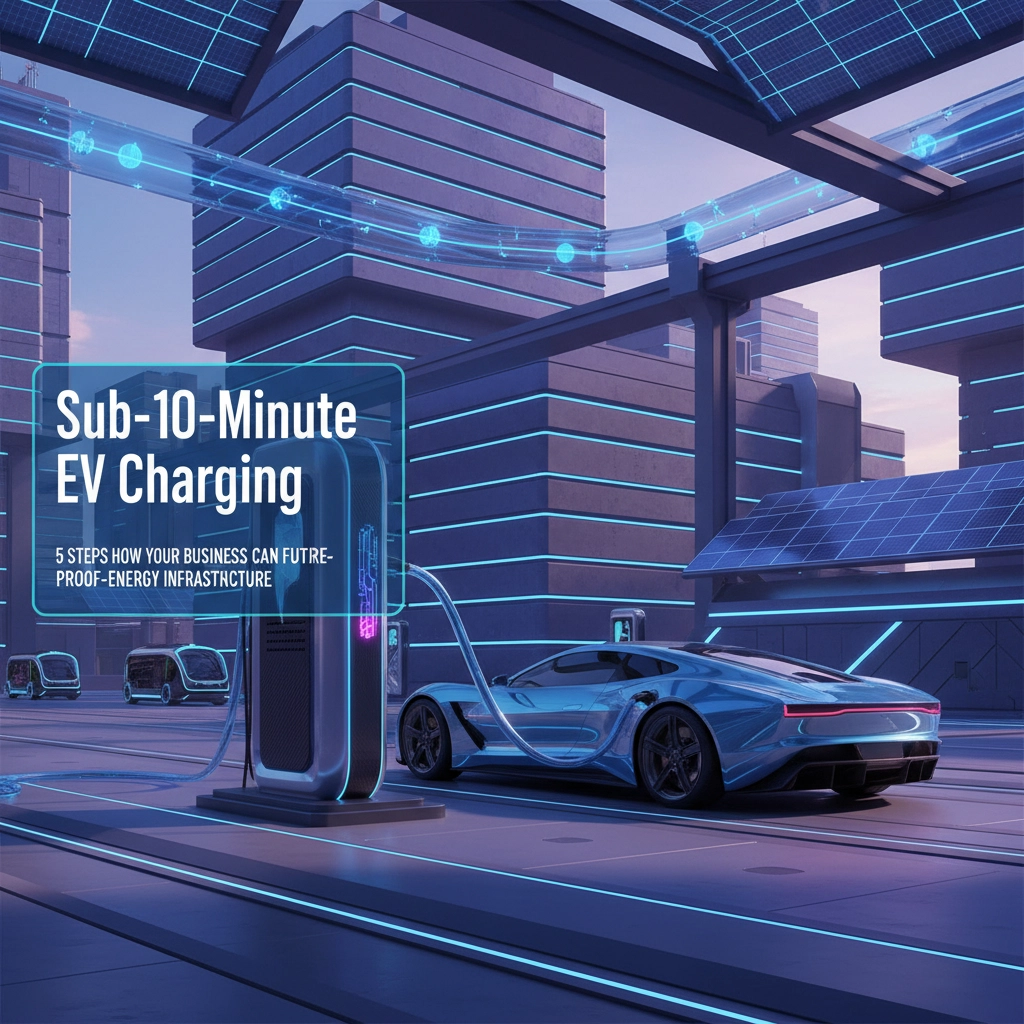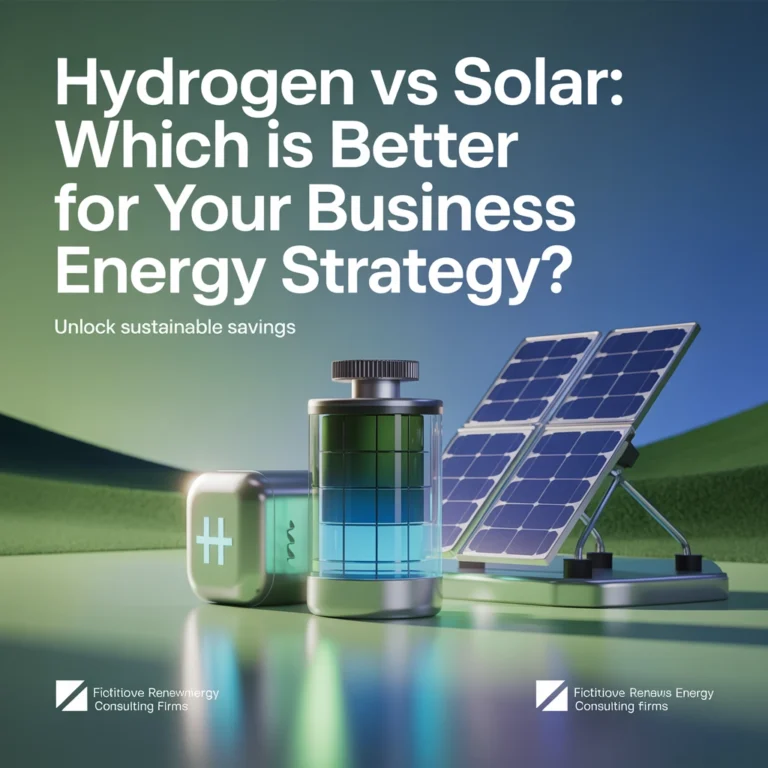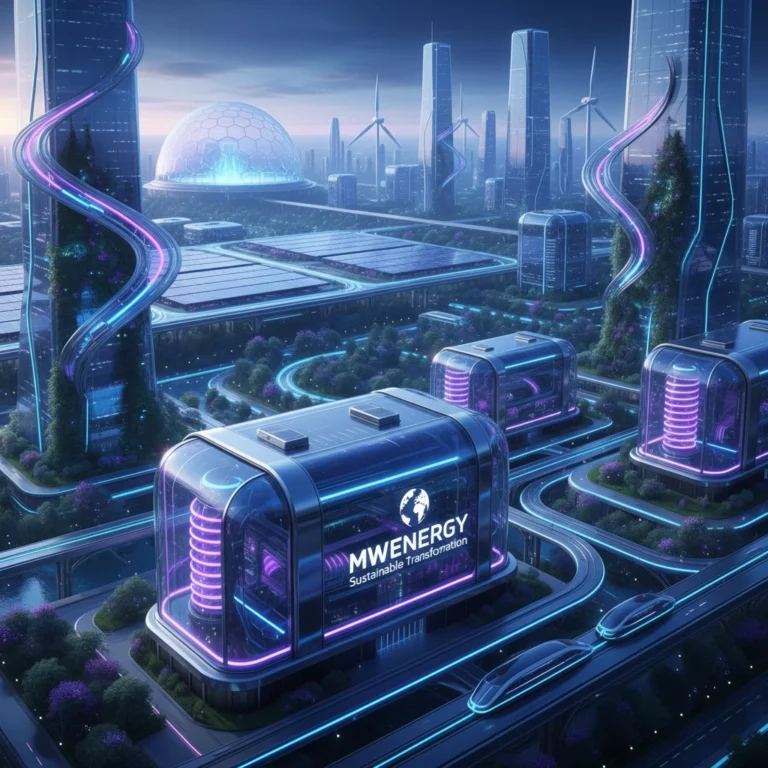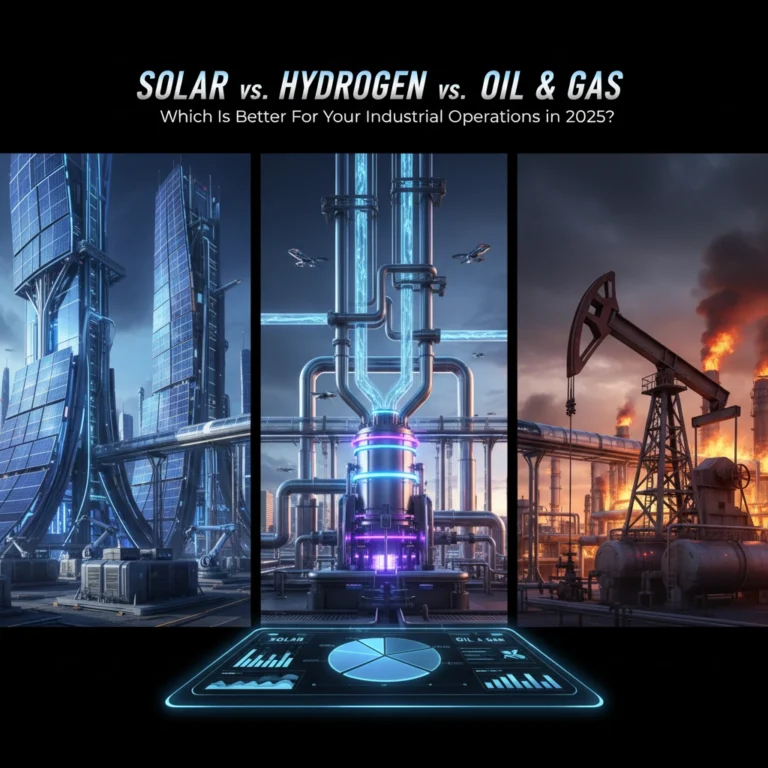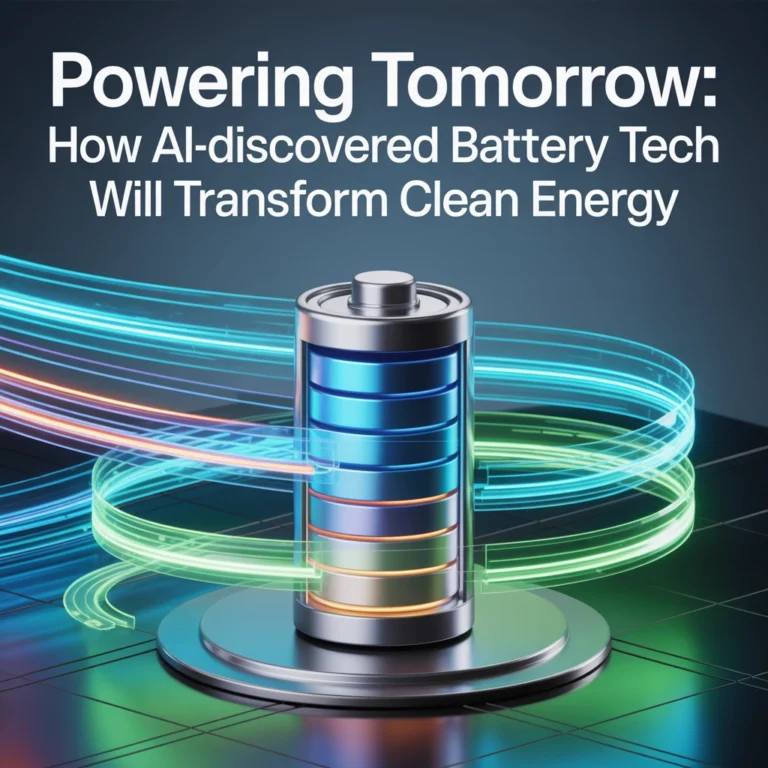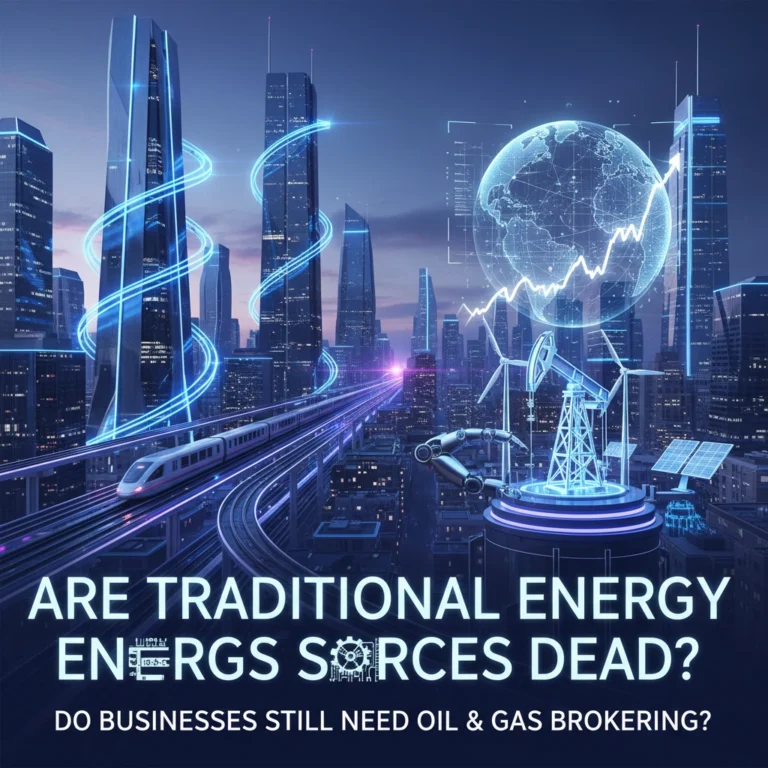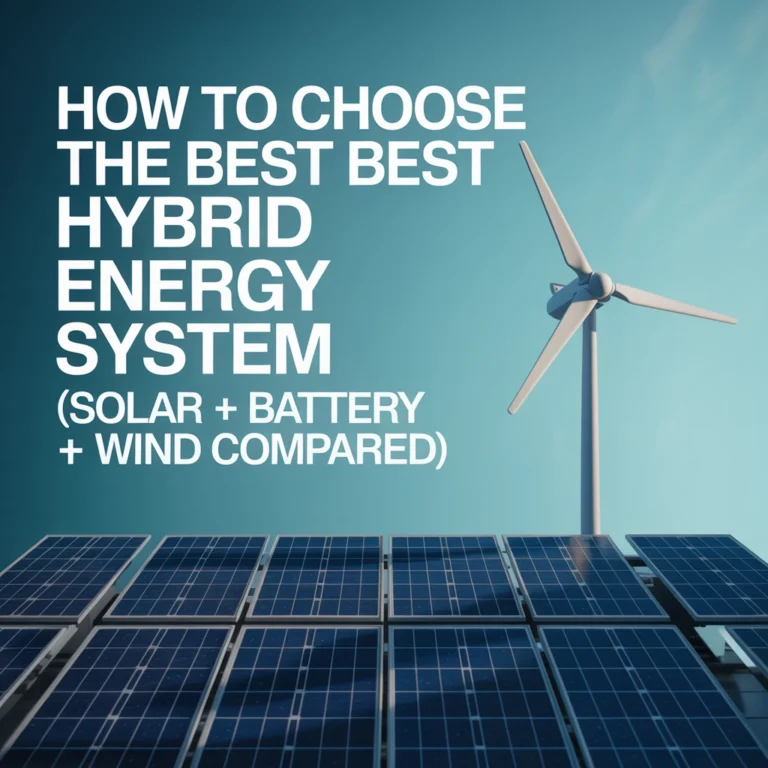Sub-10-Minute EV Charging: 5 Steps How Your Business Can Future-Proof Energy Infrastructure
Picture this: a customer drives into your business location, plugs in their EV, grabs a coffee, and by the time they're done chatting with a colleague, their car is fully charged and ready for another 300 miles. Sounds like science fiction? Not anymore.
Sub-10-minute EV charging is racing from the lab to the real world faster than most of us expected. Companies like Shell have cracked the thermal management code with specialized fluids that prevent overheating during ultra-fast charging. StoreDot's silicon-based batteries can go from 10% to 80% in just 10 minutes, and they're already working with 15 major automakers to make it happen. Even more ambitious, researchers at the University of Michigan have demonstrated full charges in under 10 minutes in controlled conditions.
The question isn't whether this technology will arrive: it's whether your business will be ready when it does. Here's your roadmap to future-proof your energy infrastructure for the ultra-fast charging revolution.
Step 1: Assess and Upgrade Your Electrical Infrastructure
Let's start with the foundation: your electrical setup. Sub-10-minute charging isn't just faster; it's exponentially more power-hungry. We're talking about power demands that make current fast chargers look like phone chargers in comparison.
Your first move? Get a professional electrical assessment that looks beyond today's needs. You need to understand your current capacity, identify bottlenecks, and map out what upgrades you'll need. This isn't a DIY situation: bring in electrical engineers who understand both your current setup and the demands of ultra-fast charging.
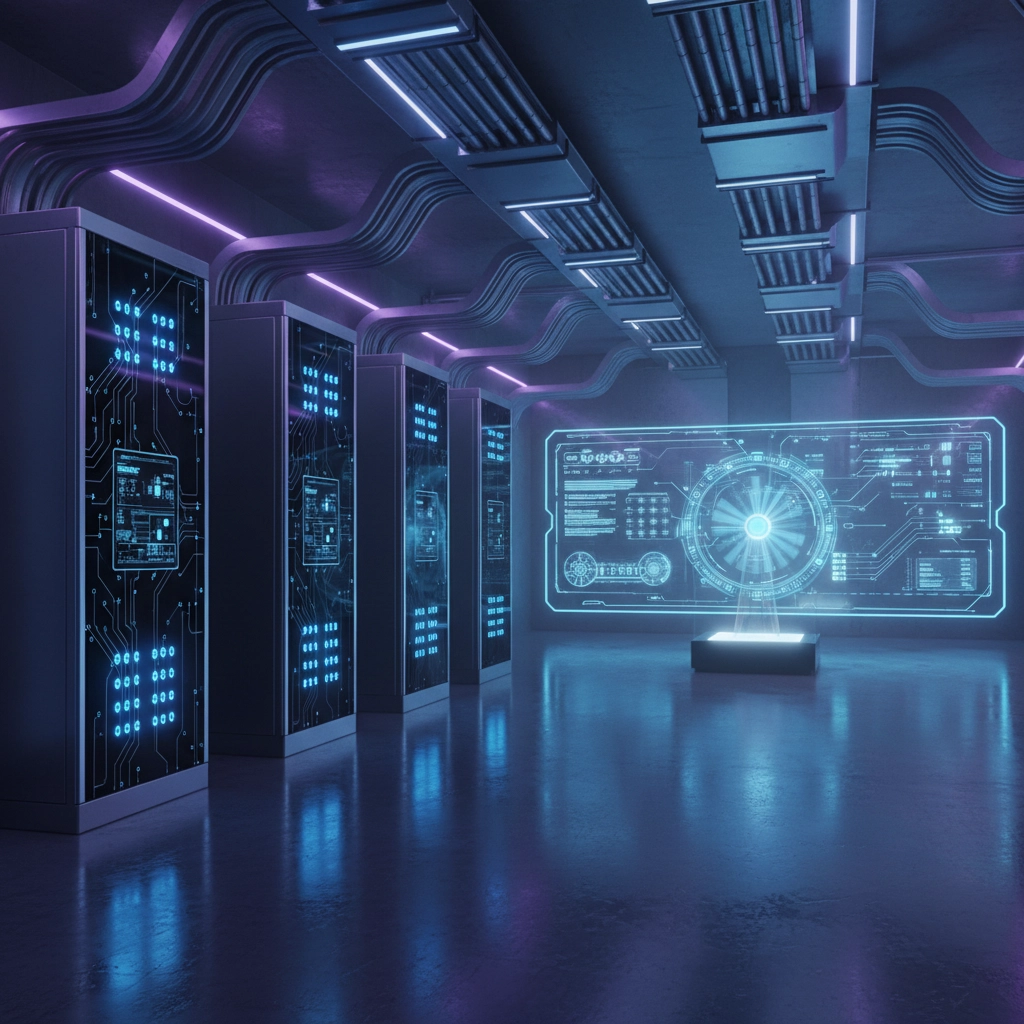
The smart money is on coordinating with your utility company early in this process. They're dealing with the same challenge across their entire grid, and early engagement can get you better rates, priority upgrade scheduling, and insights into their own infrastructure roadmap. Some utilities are already offering special programs for businesses preparing for high-demand EV charging.
Think of this like renovating your house: it's easier and cheaper to do it right the first time than to keep patching things as technology evolves.
Step 2: Choose Scalable Solutions That Grow With Technology
Here's where a lot of businesses make a costly mistake: they buy for today's technology instead of tomorrow's possibilities. The charging landscape is evolving so rapidly that what's cutting-edge today might be standard equipment in two years.
Look for charging platforms designed with modularity in mind. Can you upgrade the charging units without ripping out all the electrical work? Can you add more stations without starting from scratch? These questions matter because ultra-fast charging technology is still in its hockey stick growth phase.
StoreDot isn't stopping at 10-minute charging: they're targeting 4-minute charges by 2026. Shell's thermal management breakthrough is just the beginning of what's possible with advanced cooling systems. Your infrastructure needs to accommodate these leaps, not get left behind by them.

Strategic placement is equally important. Position your charging stations where you can easily expand, with electrical pathways that support additional units. Consider the space requirements too: ultra-fast charging stations are typically larger than standard units due to their advanced cooling and power management systems.
Step 3: Master Thermal Management and Safety
Here's something most people don't realize about ultra-fast charging: it's basically controlled chaos. You're pushing enormous amounts of energy through systems in minutes instead of hours, and that creates serious heat. Shell's breakthrough with thermal management fluids shows just how critical this aspect is: without proper thermal control, you can't safely achieve sub-10-minute charging speeds.
Your infrastructure needs to accommodate advanced thermal management from day one. This means more than just ventilation: we're talking about sophisticated cooling systems that can handle the thermal loads of multiple simultaneous ultra-fast charging sessions.
Safety protocols become even more critical at these power levels. You need robust monitoring systems that can detect anomalies in real-time, automatic shutdown procedures for emergency situations, and electrical components rated for the increased current loads. The good news? The technology exists and is being refined rapidly. The key is building your infrastructure to support it.
Think of it like upgrading from a garden hose to a fire hose: you need everything downstream to handle the increased flow and pressure.
Step 4: Build Strategic Technology Partnerships
The ultra-fast charging revolution isn't happening in isolation: it's driven by collaborations between battery manufacturers, charging equipment providers, automakers, and energy companies. StoreDot's work with 15 OEMs isn't just about testing; it's about creating an ecosystem where breakthrough technology can scale rapidly.
Your business needs to tap into this ecosystem. Establish relationships with charging equipment manufacturers who are pushing the envelope on charging speeds. Partner with battery technology companies who understand the infrastructure requirements for their next-generation products.
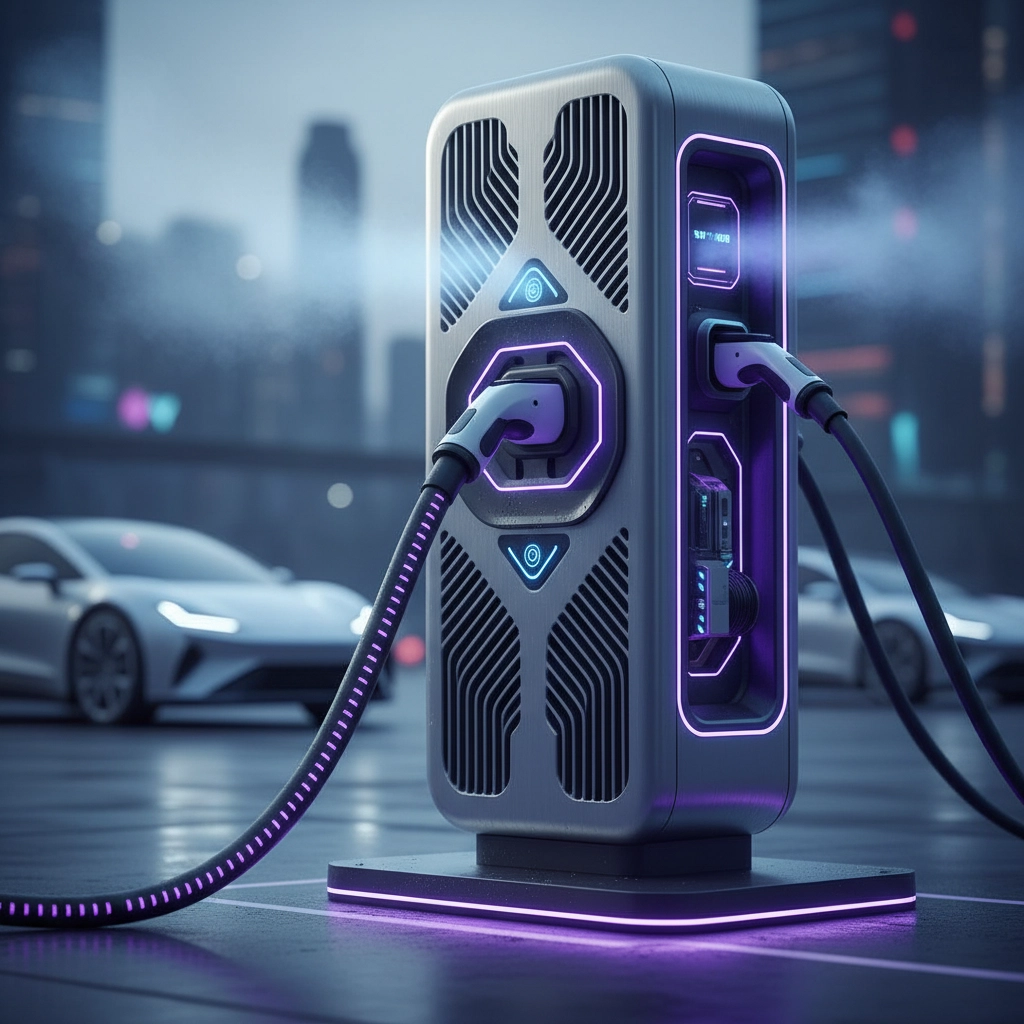
These partnerships give you more than just access to technology: they provide intelligence about where the industry is heading. When you're planning infrastructure investments that need to last 10-15 years, having insight into the technology roadmap is invaluable.
Early adopter partnerships can also give you competitive advantages, like preferential access to limited initial production runs or the ability to influence product development based on your specific needs.
Step 5: Implement Smart Management and Cybersecurity
Ultra-fast charging creates new challenges that traditional charging infrastructure wasn't designed to handle. When multiple vehicles are drawing massive amounts of power simultaneously, you need sophisticated management systems to prevent grid overload while optimizing charging efficiency.
Smart charging technology coordinates these high-powered sessions, potentially staggering them to manage peak demand or shifting charging schedules based on grid conditions and electricity pricing. This becomes essential when charging speeds approach that 10-minute threshold where power demands spike dramatically.
But increased connectivity means increased vulnerability. Your ultra-fast charging infrastructure will be collecting more data, communicating with more systems, and potentially integrating with hydrogen and solar systems for comprehensive energy management. Each connection point is a potential entry for cyberthreats.

Implement cybersecurity measures from the ground up, not as an afterthought. This includes secure communication protocols, regular security updates, and monitoring systems that can detect unusual activity across your charging network.
The Road Ahead
The convergence of breakthrough battery technology, advanced thermal management, and smart grid integration is accelerating the timeline for sub-10-minute charging. What seemed impossible five years ago is being demonstrated in labs today and will be commercially available tomorrow.
StoreDot's progression from 10-minute to projected 4-minute charging shows how quickly this space is moving. Shell's thermal management breakthrough removes one of the key technical barriers that was limiting ultra-fast charging speeds. University research continues to push the boundaries of what's possible with battery chemistry and charging protocols.
The businesses that start preparing now: upgrading electrical infrastructure, choosing scalable solutions, mastering thermal management, building strategic partnerships, and implementing smart systems: will be the ones customers flock to when sub-10-minute charging becomes standard.
The ultra-fast charging revolution is coming whether we're ready or not. The question is: will your business be leading the charge or playing catch-up? The infrastructure decisions you make today will determine which side of that equation you're on.
Ready to future-proof your energy infrastructure? Contact us to discuss how MWEnergy can help you prepare for the ultra-fast charging revolution.

